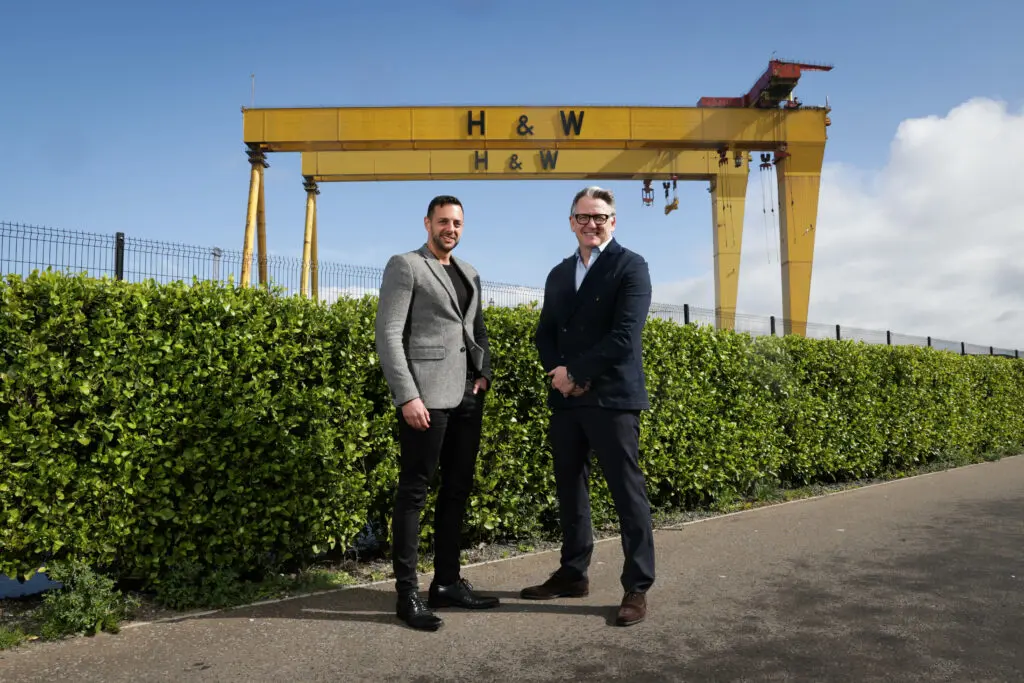In light of the COVID-19 outbreak the House of Commons has risen a week earlier for Easter Recess. It is not yet clear whether parliamentarians will return as planned on 21st April. Jacob Rees-Mogg MP, the Leader of the House, floated the idea that it might be longer until MPs will be back on the green benches.
However, as we live in unprecedented times, we do not expect MPs to stop working. The Government will continue to announce new emergency measures as the COVID-19 situation evolves. As we settle into our “new normal”, different issues might emerge that require Government to take action. MPs are likely to see an uptick in casework related to COVID-19 issue from their constituency.
Of course this had an impact on public affairs work too, seeing most meetings cancelled or rescheduled over the last few weeks. But whilst we do not yet know how we will adapt processes such as voting or Select Committee hearings should Parliament remain closed for longer, there are some alternative strategies that we can fall back on to continue engagement with policymakers.
How do we keep your engagement programme running?
As a first step, public affairs practitioners should investigate which digital tools are most appropriate to replace face-to-face meetings. Microsoft Teams allows for quick video calls among colleagues and small groups. Other platforms like Zoom have more elaborate settings which will allow organisations to host panel events online.
How will political stakeholders’ behaviour change?
As we have to adapt to these new ways of working, it is important to understand that the situation also offers some new opportunities. For example, most MPs are in charge of their own Twitter account, or at least look at their Direct Messages and Timeline regularly. An email inbox, on the other hand, is usually swamped with inquiries and therefore often pre-filtered by a member of staff, rather than the MP reading all correspondence themselves. Using Twitter to establish a direct link of communication with MPs is a good way to get noticed now.
Social media channels of course work both ways: not only are they a good opportunity for stakeholders to reach out to policymakers, MPs will also be active across Facebook and Twitter to gauge the mood in their constituency and in the media landscape. As they cannot hold surgeries, some MPs have started to be involved in various mutual aid support groups. They might increase their usage of these platforms to invite views and respond to public opinion.
The 2019 election saw the influx of a new generation of young MPs, many of whom will have been dedicated political activists for a period of time. As such, these MP are tech- and campaign-savvy. They know that as a new player in town, they will not be given the same exposure as Government Ministers or Shadow Frontbenchers who will be dominating the traditional media outlets. These MPs understand that they can utilise social media to get the public’s attention or put themselves on the radar with journalists. They will also know that they are more likely to influence policy change by creating public pressure through their campaign work, rather than taking the traditional route of amendments and parliamentary debates.
Instagram also presents an additional medium that brands should explore when it comes to targeting this group of MPs. Whilst the older generation will leave it up to their staff to populate their timelines and respond to direct messages, MPs in late 20s and early 30s will have been active users of the platform already before getting elected. They will continue to use this platform to connect with their constituents on a more human level.
Trade body and third-party alliance advocacy
Developing policies is usually a long, drawn out process. From an idea conceived by an individual, to a think tank report, manifesto promise, Government consultations all the way to a Bill before the House, this process can take many years. During a crisis, Government will be looking for quick solutions and will not have the time or bandwidth to shop in the marketplace of ideas. This is a good opportunity for those with ready-made solutions to enter the field.
Trade and industry bodies have a particular advantage here. They offer breadth and depth of knowledge and insight. If your sector is impacted by COVID-19, now is the right time to reach out to the Government and offer a helping hand.
Not all clients will be part of an appropriate trade body, so this could be the ideal moment to develop new third-party alliances. Many organisations will face similar issues and joining up together can help amplify your message and give your Government intervention some extra weight. Identifying shared interests between your client, other businesses and community organisations can also be useful in the long-term, should it be required to reach out to partners to validate a social impact campaign with third-party support.
Social media is a fast-paced environment which means that those companies who have long decision-making chains will be less likely to react dynamically to a political situation. Therefore social media is better suited to promote a positive message or solution, rather than respond to a negative situation. Herein lies the difference between a consumer campaign and digital public affairs.
How do we measures success?
Another difference between consumer campaigns and digital public affairs is connected to measuring success. Consumer campaigns will aim for high levels of audience engagement – likes, comments, retweets. But for a public affairs campaign, quantity doesn’t top quality. A handful of retweets by policymakers and thought leaders can be more impactful than a large number of shares by random members of the public with no connection to the political social media network.
When measuring our impact, we should bear in mind whether the digital public affairs strategy we are observing brings us closer to achieving our objectives: has a post put us on the radar of an MP with an interest in issues of importance to the client? Did opinion leaders or activists pick up on our message and shared it among their own networks?
Just as we are building a network of supportive MPs in the House of Commons, digital PA should be treated as an opportunity to create a supportive online community that can spread our message to influential people.


